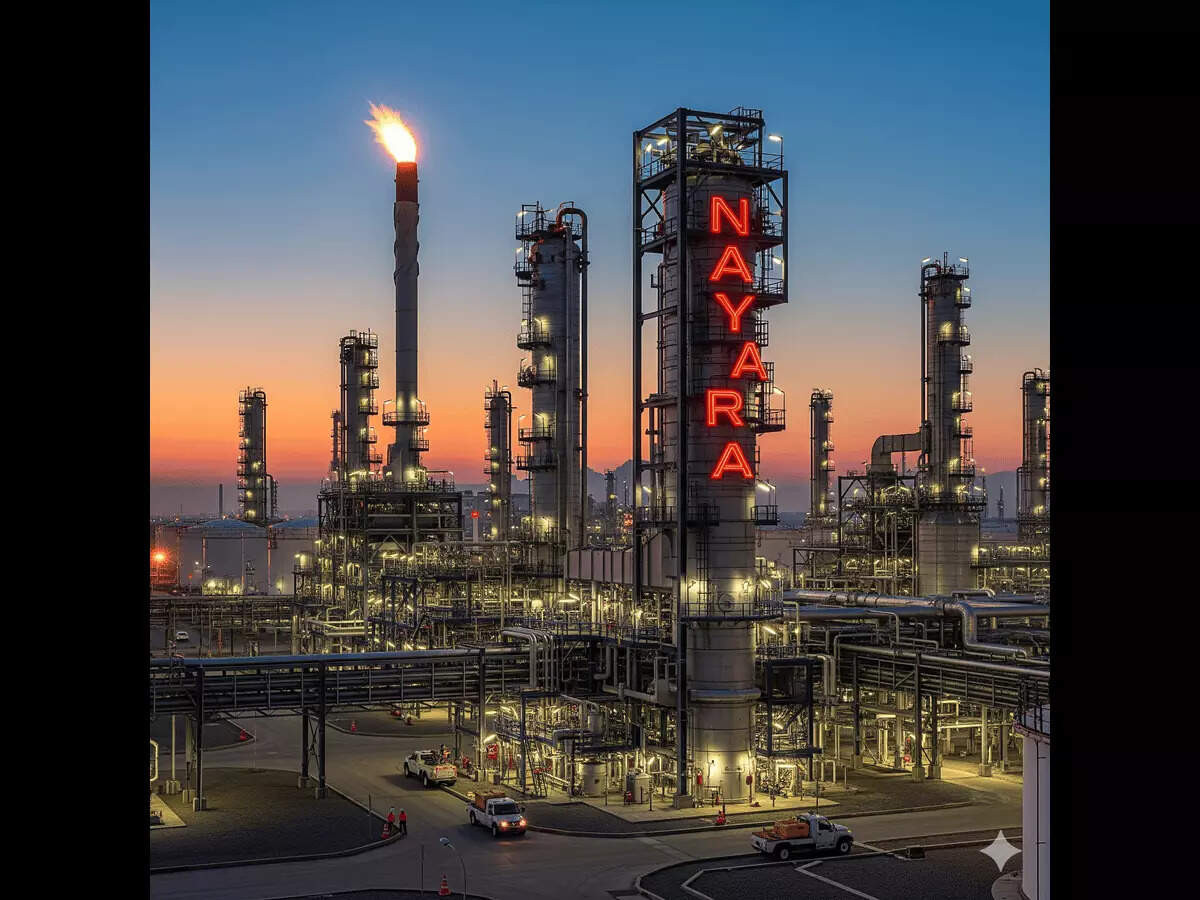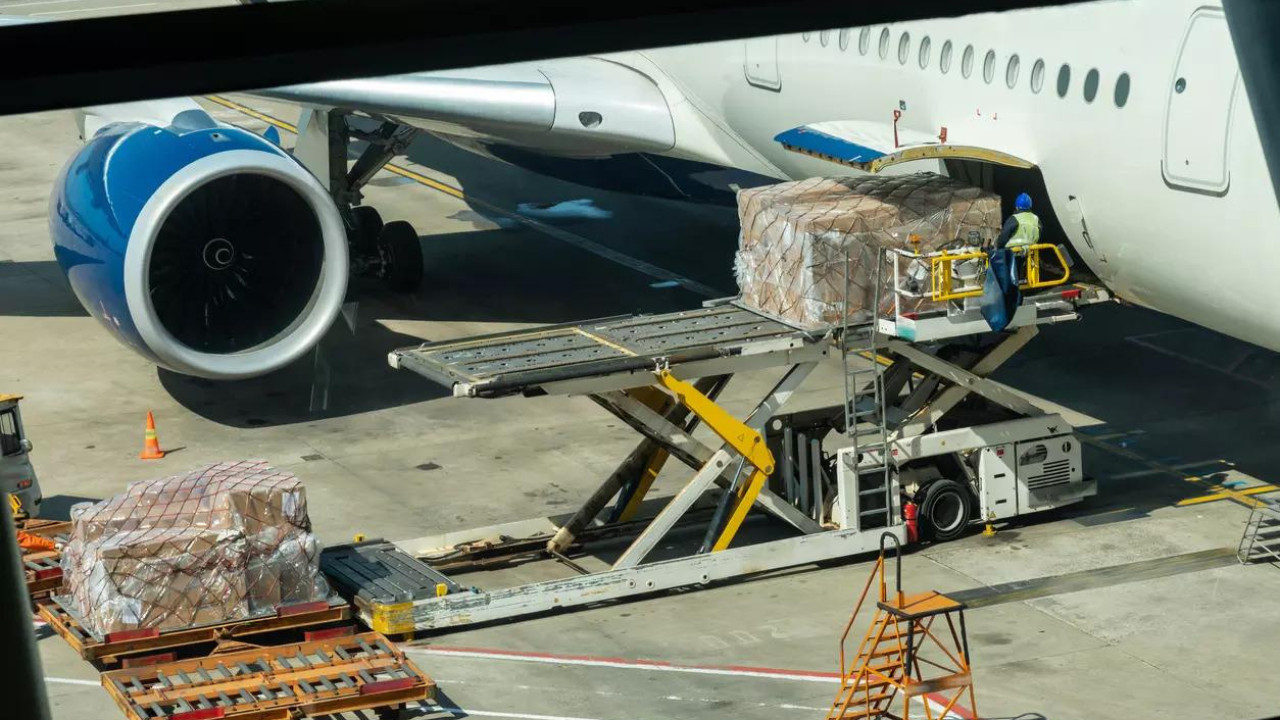Donald Trump plans new import tariffs from August 1. A study says this may hurt US manufacturers. Costs could rise by 2% to 4.5%. This may lead to wage stagnation or layoffs. Trump says tariffs will boost US manufacturing. But companies face rising costs. Some plan to pass costs to consumers. Small businesses worry about expansion.
The Ripple Effect: Will Trump’s Tariff Proposals Really “Make America Great Again?”
Donald Trump’s renewed focus on import tariffs has sent ripples through the global economy. While the former president positions these measures as a way to revitalize American manufacturing, a closer look suggests a more complex and potentially problematic picture. The question isn’t just if these tariffs will work, but at what cost?
The Promise and the Peril of Import Duties
The core argument behind Trump’s tariff proposals is simple: by making imported goods more expensive, domestic manufacturers will become more competitive. This, in turn, should lead to increased production, job creation, and a stronger American economy. It’s a compelling narrative, particularly for those who feel left behind by globalization.
However, the reality of international trade is rarely so straightforward. Slapping tariffs on imports doesn’t operate in a vacuum. Instead, it sets off a chain reaction that can have unintended consequences. One significant concern is the potential for increased costs for American factories. A study highlights that these costs could rise by as much as 4.5%. How does this happen?

Many American manufacturers rely on imported components and raw materials. Tariffs on these inputs would inevitably drive up production expenses. This, in turn, could lead to higher prices for consumers, reduced profit margins for businesses, and even job losses if companies are unable to compete. The effect could undermine the very manufacturing renaissance the tariffs are intended to create.
The Impact on Jobs, AI Growth, and Profit Margins
The ramifications of these potential cost increases extend beyond traditional manufacturing sectors. One area of particular concern is the burgeoning field of artificial intelligence. AI development relies heavily on advanced hardware, much of which is currently manufactured overseas. Increased import duties on these components could stifle innovation and slow the growth of the American AI industry, ceding ground to competitors in other countries.
The potential impact on jobs is equally concerning. While some jobs might be created in tariff-protected industries, others could be lost in sectors that rely on imported goods or that face retaliatory tariffs from other nations. A trade war, triggered by aggressive tariff policies, could lead to a net loss of jobs for the American economy as a whole.
Furthermore, increased import duties pose a significant threat to corporate profit margins. Businesses that are unable to pass on the increased costs to consumers will see their profits squeezed, potentially leading to reduced investment, hiring freezes, and even bankruptcies. This could have a chilling effect on the overall economy.
The Global Stage: Trade Wars and Retaliation
Perhaps the most significant risk associated with widespread tariffs is the potential for retaliatory measures from other countries. If the United States imposes tariffs on imports, other nations are likely to respond in kind, imposing tariffs on American exports. This tit-for-tat cycle can quickly escalate into a full-blown trade war, harming businesses and consumers on all sides.
International trade is a complex web of interconnected relationships. Disrupting this web with unilateral tariffs can have far-reaching and unpredictable consequences. A more nuanced and collaborative approach to trade policy is needed to ensure a level playing field and promote sustainable economic growth.
Looking Ahead: A Balanced Approach to Trade
The debate over tariffs highlights the need for a balanced and informed approach to trade policy. While protecting domestic industries is important, it’s crucial to consider the potential costs and unintended consequences of protectionist measures. This might involve exploring alternative strategies such as investing in education and training programs to enhance the competitiveness of American workers, or focusing on negotiating fair trade agreements that benefit all parties involved.
Are tariffs the magic bullet to restoring American manufacturing? The evidence suggests a more nuanced and potentially disruptive reality. We need to consider all angles before we commit to a path that could negatively affect the economy and global trade. See how a shift in manufacturing can also affect logistics.
Ultimately, the success of any trade policy depends on its ability to promote sustainable economic growth, create jobs, and improve the lives of all Americans. A careful consideration of all the factors involved is essential to ensure that trade policies truly serve the best interests of the nation.







